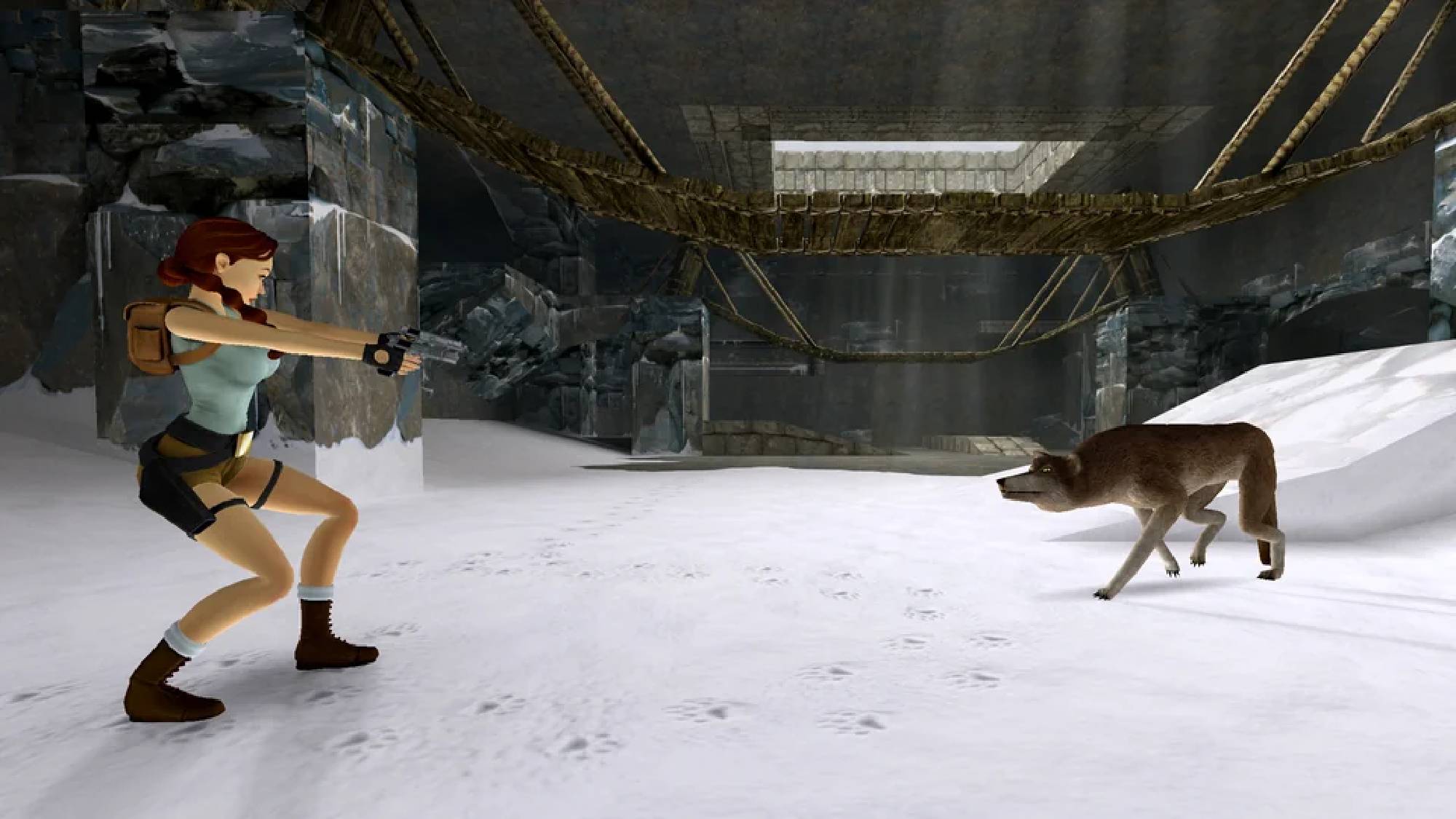
What does a freezer, a T-Rex, and London have in common? It’s not a dodgy night out in England’s capital city — rather, it’s what players of the original Tomb Raider games remember most fondly.
Way back in 1996, Lara Croft arrived with a dual-pistol bang in Tomb Raider. This third-person action game packed a gripping narrative and soundtrack that made the player feel like they were in an interactive Indiana Jones movie. Created by Toby Gard and then developed by a team of five others at CORE Design in Derby, England for almost two years, Tomb Raider became an instant phenomenon and spawned several sequels on PC and Sony’s original PlayStation console.
During the COVID-19 pandemic in 2020, I spoke to the majority of those involved in making the first two Tomb Raider games, which resulted in my book, ‘The Making of Tomb Raider’.
Released in October 2021, it delved into the development choices made for both games, in addition to why the original team moved on from the series, just as development on Tomb Raider 3 was ramping up. Fast forward to 2024, and Tomb Raider 1, 2, and 3, alongside their PC-exclusive expansions, have all been given a glow-up in the form of the Tomb Raider I-III Remastered Trilogy, and it's out today (February 14) for consoles and PC, which is also Lara’s birthday.
So you could say that I’ve got a unique take on these games after writing the book. That's why, after playing Tomb Raider Remastered I-III, I’m here to share my verdict on whether these games hold up, and if this new collection is now the definitive way to play.
Alongside this, I spoke to some of those involved in the original development of these games once again to discuss the original development process, and what they think of the remasters.
For Your Remastered Eyes Only
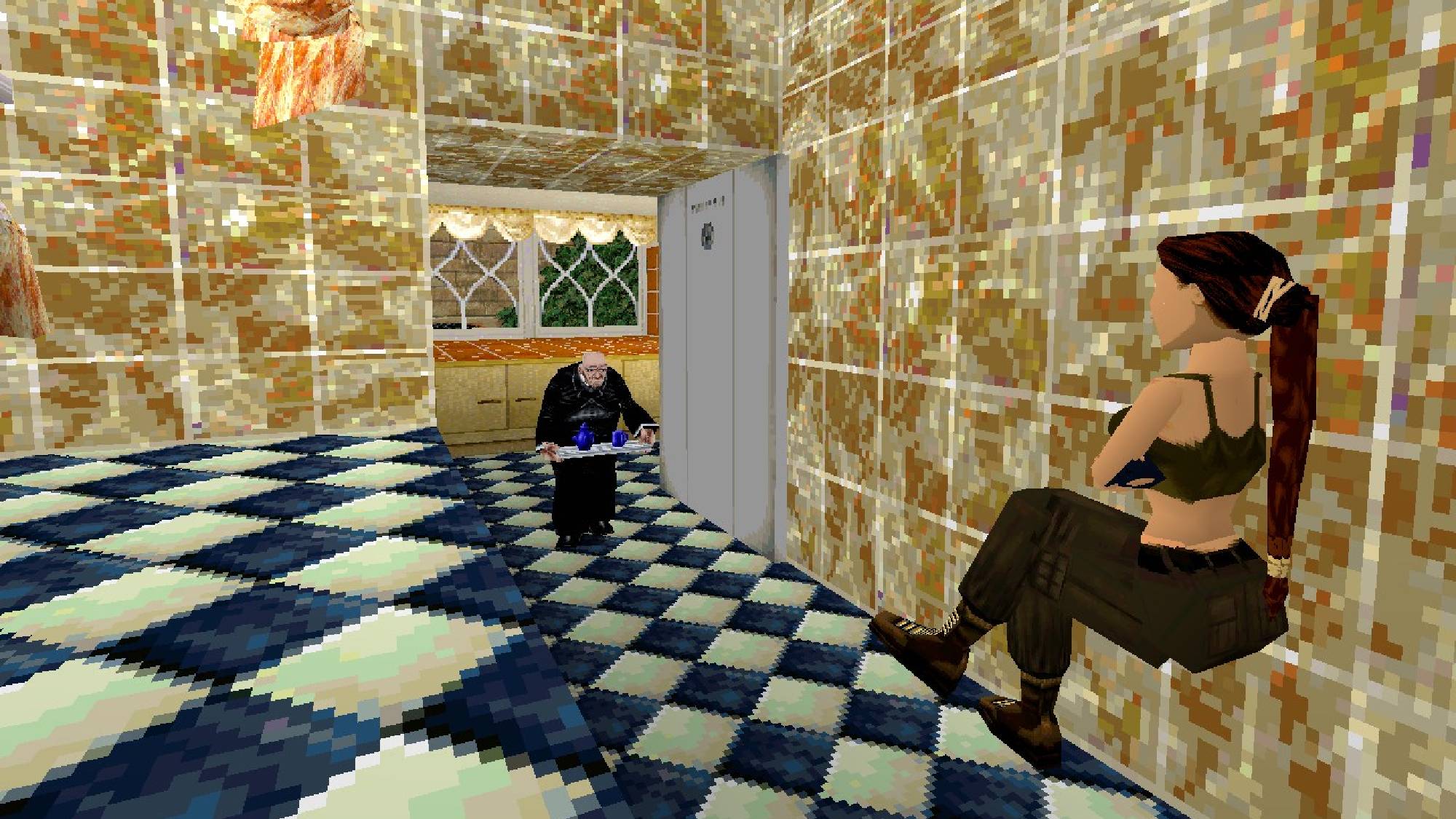
Remember the second-to-last episode of Star Trek: Picard season 3, where the retired Admiral Picard steps back onto the bridge of the Starship Enterprise, and everything instantly feels familiar to him after 25 years away? That was just how I felt, coming back to Lara’s mansion in this re-release.
It felt like I was back — not in 1997, but in 2020, writing my book within nine months, making sure that the story of the first two games had been completely covered within 50,000 words. Lara, the music, and the inventory system are all here, and look glorious.
Granted, I’ve always played these games, ever since they first came out — but now, this remaster takes on a whole new meaning for me. If you’ve played Halo Anniversary, Tomb Raider Remastered works in the same vein. It’s the same 90s engine underneath, but everything looks and feels smoother.
Lara, the enemies, the levels, and yes, Winston the Butler, all look fantastic in this collection. Everything looks sharp, and Lara looks just like the original renders and full motion videos, originally designed by Peter Barnard at CORE. The enemies and the bosses, especially in the first game, called ‘Chaos Raiders’ by the team during development, are full of charm and detail in their remastered forms as well.
You can switch between the classic and remastered graphic options by pressing one button at any time. This includes the loading screens from the PS1 version, which have all been impressively remade, while the full-motion videos have been upscaled to look smoother, instead of pixelated.
All three games look and feel great. Every remastered aspect in this release has retained that ‘feel’ and ‘charm’ of what made Tomb Raider so much fun to play, which is something that more recent games in the series haven't always achieved.
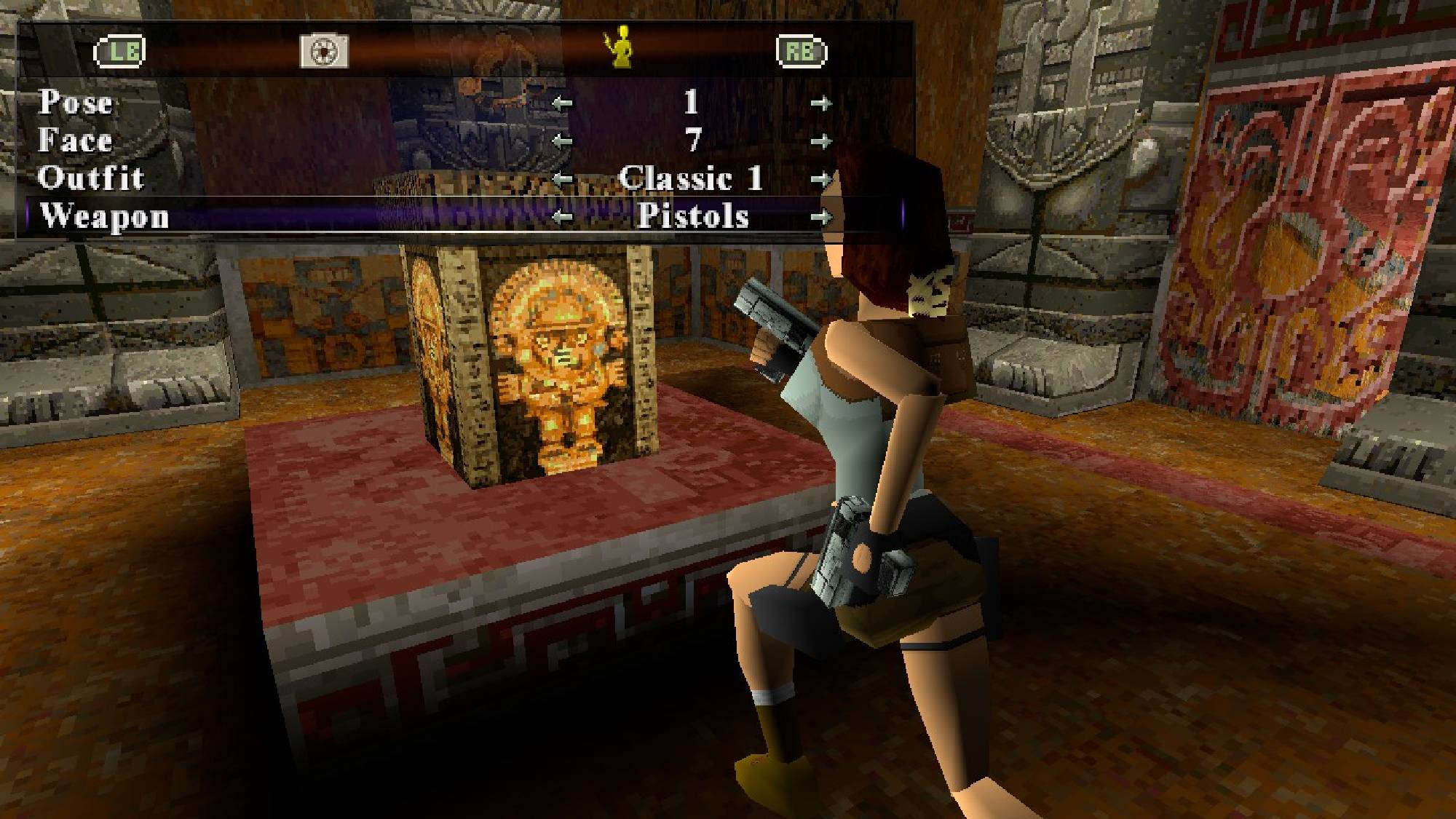
Photo Mode is also a fantastic new feature. Pressing on both analog sticks lets you fly through the level to take the right shot of Lara. You can also choose between a set of poses, guns, and costumes for her — but best of all, photo mode works in both classic and remastered modes. You’ll likely find yourself wasting hours with this feature, as I did.
A Venice Violin
A big part of Tomb Raider is its music. Much like James Bond, which the team was inspired by when making Tomb Raider 2, there are a lot of moments that deserve a movie-like score. This is what Nathan McCree, the trilogy’s composer, was responsible for, as well as Martin Iveson and Matt Kemp, helping to create the sound effects in TR2 and TR3.
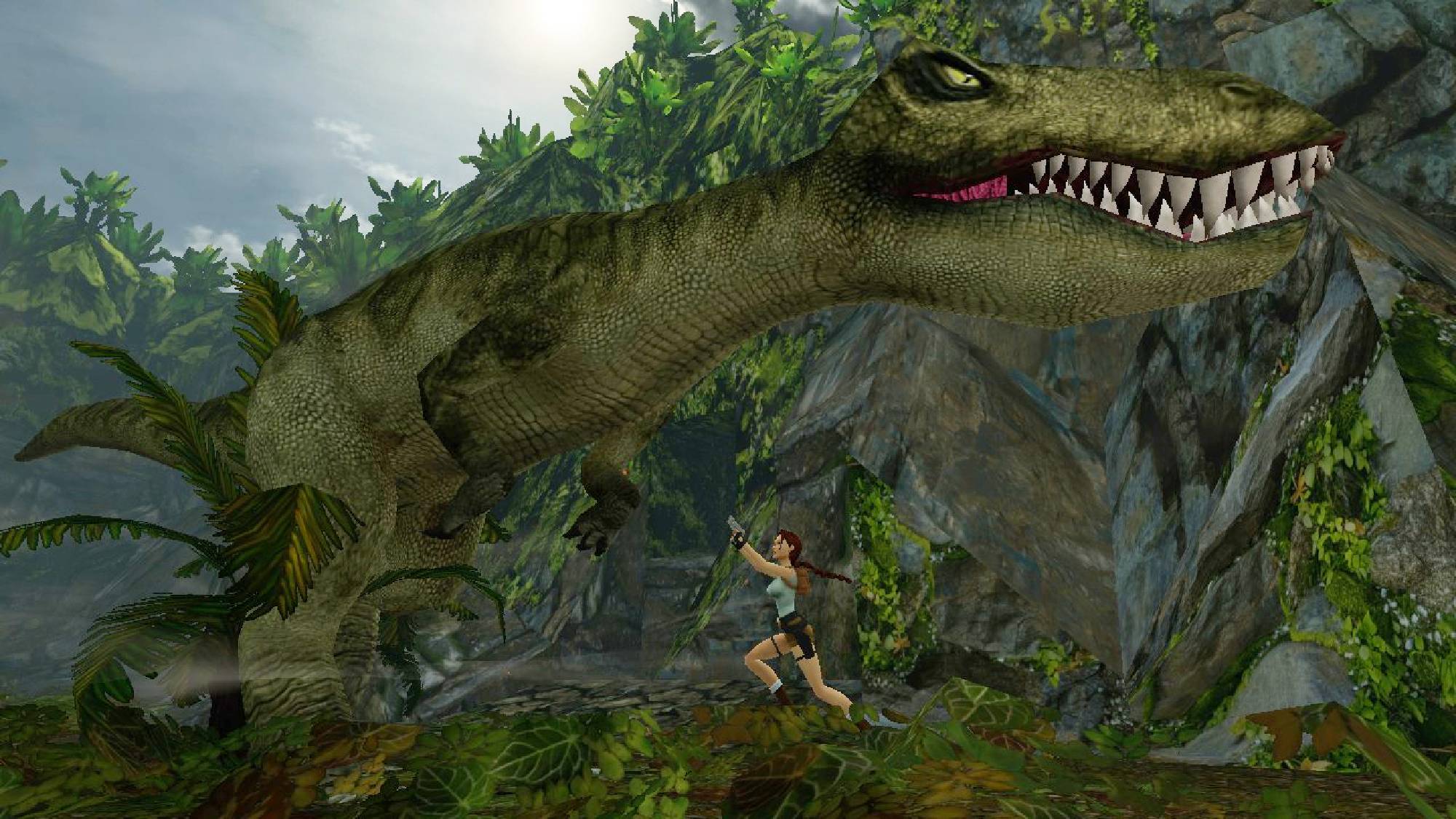
The music hasn’t been changed in this re-release — everything sounds exactly as it should. Iconic sound cues such as the T-Rex in Tomb Raider 1, Venice in Tomb Raider 2, and meeting Tony the Loon in Tomb Raider 3 are all retained.
McCree remembers how he wanted his music to feel for the player. “In general with the music for all three games, I tried to write what Lara might be feeling. If I could describe how she felt, then that might help players identify with her. It was a bit of a gamble because it meant writing more emotional content, something which wasn’t really abundant in the gaming world at that time.”
McCree was keen to recommend his favorite tracks from each game. “The track called “Time to Run” from Tomb Raider — I’m really pleased with how the strings turned out in this piece. I remember there was quite a bit of programming to do to get the strings sounding natural. The violins were playing such rapid semi-quavers, I was struggling trying to get them to sound real.
In the end, I decided to separate out the part into two — one playing quavers on the beat, and the other playing off-beat. Then I could assign different sounds to each part. I chose an accented “Agitato” sound for the on-beat quavers and a softer “Legato” sound for the off-beat quavers. When played together, the two parts sounded much closer to a real set of string players.”
For Tomb Raider 2, his favorite may ring true with many other players. “I think it would have to be “Venice” for Tomb Raider 2. There is a particular time-puzzle where Lara is racing through the canals of Venice in a speedboat. She must complete a number of tasks in the speedboat before the time runs out. And I thought, wouldn’t this be really great fun to have some fast-paced Venetian music playing in the background? After all, we are in Venice!” McCree says.
“So, I studied up on some baroque composers — Vivaldi, Albinoni, Bach — analyzing their chord structures and arrangements. I set up my Roland JV1080 synths with a similar set of instruments that those guys used back then and started plugging in some baroque harmonies and melodies changing a few notes here and there so instead of Vivaldi or Bach, you got McCree instead!”
Finally, McCree remembers when his Dad visited when he was creating the music for Lara’s third adventure. “For Tomb Raider 3, it would have to be the “Tomb Raider 3 Theme”. I remember my Dad came to visit me at Core Design where I had the studio. I just happened to be writing the Tomb Raider 3 theme at the time, and so he sat there for the whole day, listening to me write,” McCree remembers. “Now and then we would break for a coffee and a smoke and we would talk about the music and sing ideas to each other, and then we would go back into the studio and program in the ideas. It was great to share that time with him. I will always remember that.”
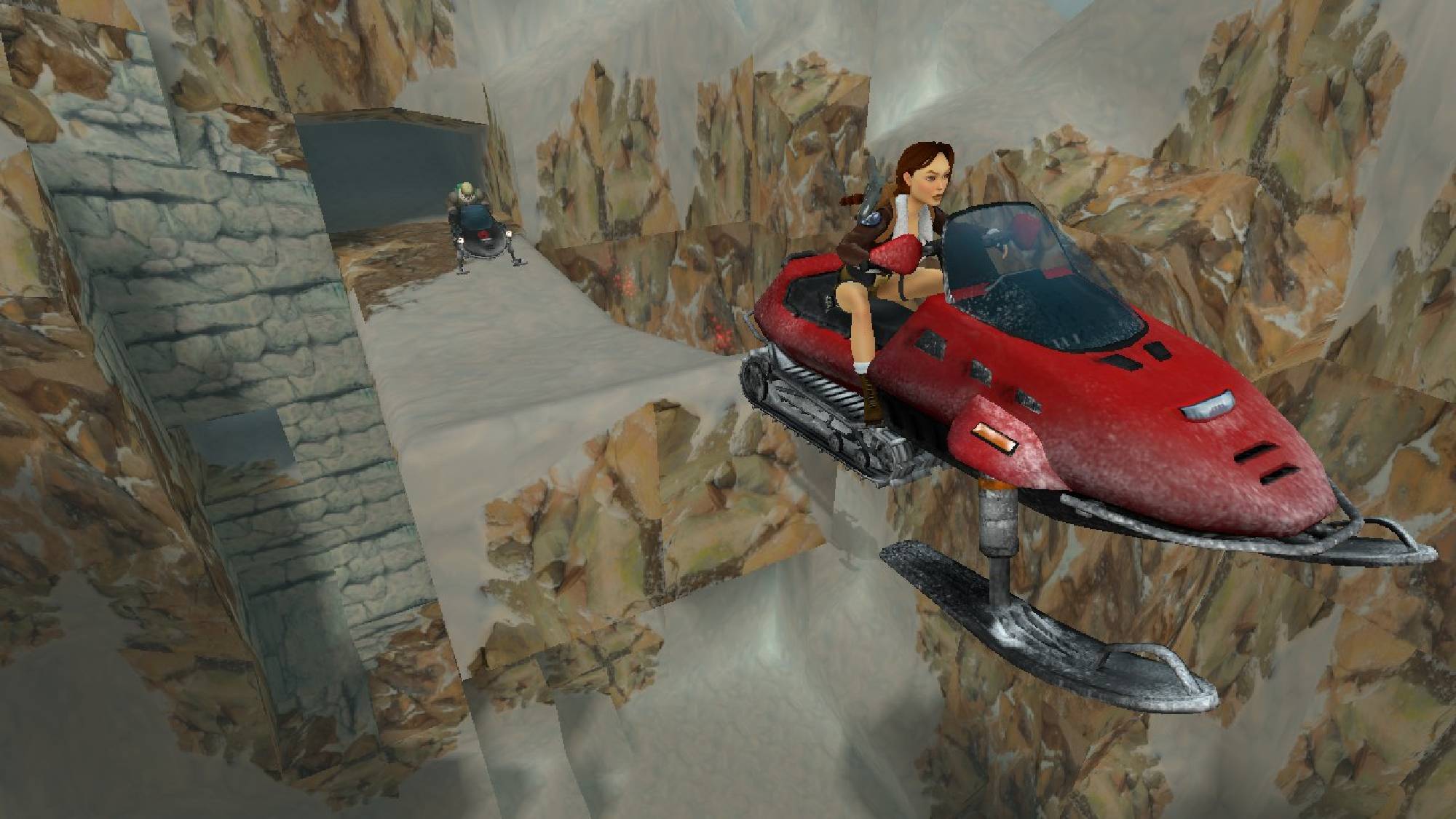
The sound effects are all here too. The blast of the shotgun, and the sound of the skidoo, are just as you remember them. Another aspect that has stayed the same is Winston the Butler. If you mention ‘lock the butler in the freezer’ to a gamer in their early 30s, they’ll likely remember that from Tomb Raider 2 and 3.
Speaking to McCree, and Richard Morton, level designers of Tomb Raider 2 and 3, they remember how Winston came to be. “Winston was introduced into Tomb Raider 2 quite late in the development process. If I remember correctly it was after we had recorded all the voices for the game,” McCree explains. “We had no script for him and there was no time to get anything translated. So I said, no problem, I’ll just make him grunt when you bump into him, and I’ll make the tea cups rattle on his tray as he shuffles around following Lara about the house.”
When it came to locking Winston in the freezer, Morton remembers how it was CORE Design’s test department that tried this first. “Funnily enough it was our internal test department that first started locking Winston in the freezer, way before the game was released as part of the testing process. It was fantastic when members of the public started doing the same, poor old Winston.”
Swing it, sprint it, move it, make it

That’s not to say that the gameplay hasn’t seen some refinements in this remastered collection. If Lara's near an item or switch, an exclamation mark will appear, directing you to it. Lara will also automatically walk up to one of these if you haven’t got her exactly where the interactive element is — lessening the frustration that comes with attempting to align Lara with a med-pack so she can pick it up in the original release.
A big addition to these remasters is the option to use ‘Modern Controls’. This breaks Lara free of the tank controls of the original games, allowing you to move her with a greater degree of freedom. An added benefit of these new controls is that if you miss a jump and Lara is about to fall to her doom, she'll automatically grab onto the nearest ledge. Crouching, a move introduced in TR3 is much better with this control method — you can quickly shuffle and turn around much like how Big Boss controls in Metal Gear Solid 3: Snake Eater.
The only detriment to these new controls is changing a 25-year-old mindset of how Lara moves through levels. The button that would make her grab, is now the roll button. The triggers on my Steam Deck are for drawing a weapon and for Lara to interact with something. This may be a bug, but you need to hold down the draw weapon trigger, otherwise Lara puts her weapons away. It can be frustrating for an experienced player. And that’s not my only bugbear either.
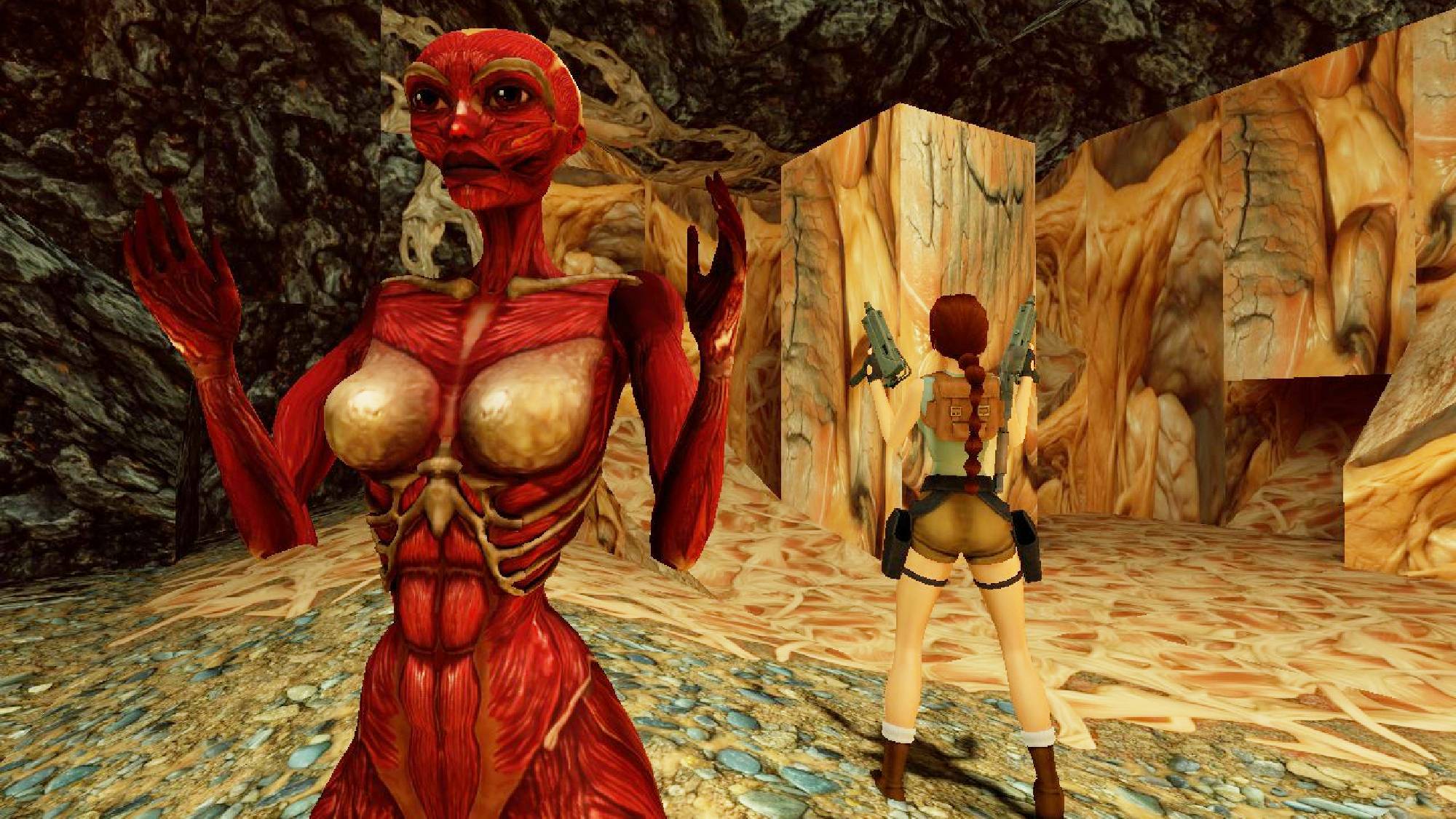
There are moments when you’ll try to line up a jump, but because Lara can be very sensitive with these new controls, you’ll find yourself falling off a ledge more than ever.
This happened the most for me in TR1, especially when you face Lara’s ‘doppelganger’ toward the end of the game — lovingly called ‘Bacon Lara’ by fans. For what this control scheme offers, it feels out of place when it comes to big jumps and puzzles. Tank controls work best for a game that was designed completely around this control method.
In my book, the developers spoke of how Prince of Persia inspired the tank controls and the grid system. To have that taken away rids the games of the challenge, and joy, that jumping offered in the original trilogy. It also has the potential to break the games at certain points — because of this, I’m curious to see how ‘Modern Controls’ will benefit speed runners. I’d argue that Photo Mode is the biggest game-changer in this release, not ‘Modern Controls’. It opens up your imagination to how you can take screenshots of levels and fights, instead of figuring out which button allows Lara to walk in a straight line.
The three expansions are also fantastic. Released exclusively on PC between 1998 and 2000, these games expand the narrative of Tomb Raider 1, 2, and 3, while offering the player some fun challenges.
Created by Phil Campbell, Rebecca Shearin, and Gary LaRochelle, all of these games play as expected, and the remastered graphics simply make them shine. It’s great to see these finally receive a wider release after all this time. These expansions were always fantastic, so to see them be free of their PC prison for those who never played them, is a real treat. But I should warn you, you will not be ready for what TR2: Golden Mask brings toward the end. Viva Lara Croft.

For all the efforts that Aspyr made for this remaster, there are some hard-to-ignore faults. Some levels are now very dark, or very bright, and can ruin the atmosphere that the original team at CORE Design aimed for.
Take ‘Home Sweet Home’, the last level of Tomb Raider 2 for example. A group of henchmen breaks into Lara’s Home, and you need to take them out. The lighting is dark, and you're given countless flares to help you see where the enemies are.
In the remastered version, however, everything is very bright — it’s as if Lara forgot to turn the lights off. You see enemies very far in the distance, and there’s no point in using a flare. It ruins the tension and the fear of accidentally running into a dog in total darkness. Hopefully, this gets fixed with post-launch patches.
Another reworked aspect is that two small touches have been restored in Tomb Raider 3. One is a deleted scene in Nevada after Lara loses her weapons, and the other is a roll when crouching that was cut during its development. It’s handy for quickly moving in smaller spaces.
However, that's not all that has been inserted, rather than restored, contrary to a long-standing rumor in recent years. For those unaware, ‘Meteorite Cavern’, the last level in the game, was allegedly meant to have a music track, composed by Peter Connelly, who became the series’ composer for the next three games, as you fought the giant spider boss. For this remastered release, the track has been put into the level. I reached out again to McCree, to confirm if this track was indeed removed at the time of the game’s development.
“This is a bit of a weird one. So I should set the record straight. I never wrote any “boss music” for any of the three games. It was my intention for all three to be void of boss music. I always felt that boss music in games was never anything more than annoying, and I’d heard many gamers say in the past that they would turn off the boss music as they found it too distracting and annoying when they were trying to focus on killing the boss,” McCree reveals.
“I didn’t want anyone turning off my music, so I left it out of those areas. And, in my opinion, it made the boss fights scarier. For Tomb Raider though, Toby decided to reuse “The T-Rex” music, at the last minute. I was not aware of this until after the game had been released. There is no music at all when you battle the dragon in Tomb Raider 2. And there was no music when you battled the mutant Dr. Willard in the Meteorite Cavern in Tomb Raider 3.”
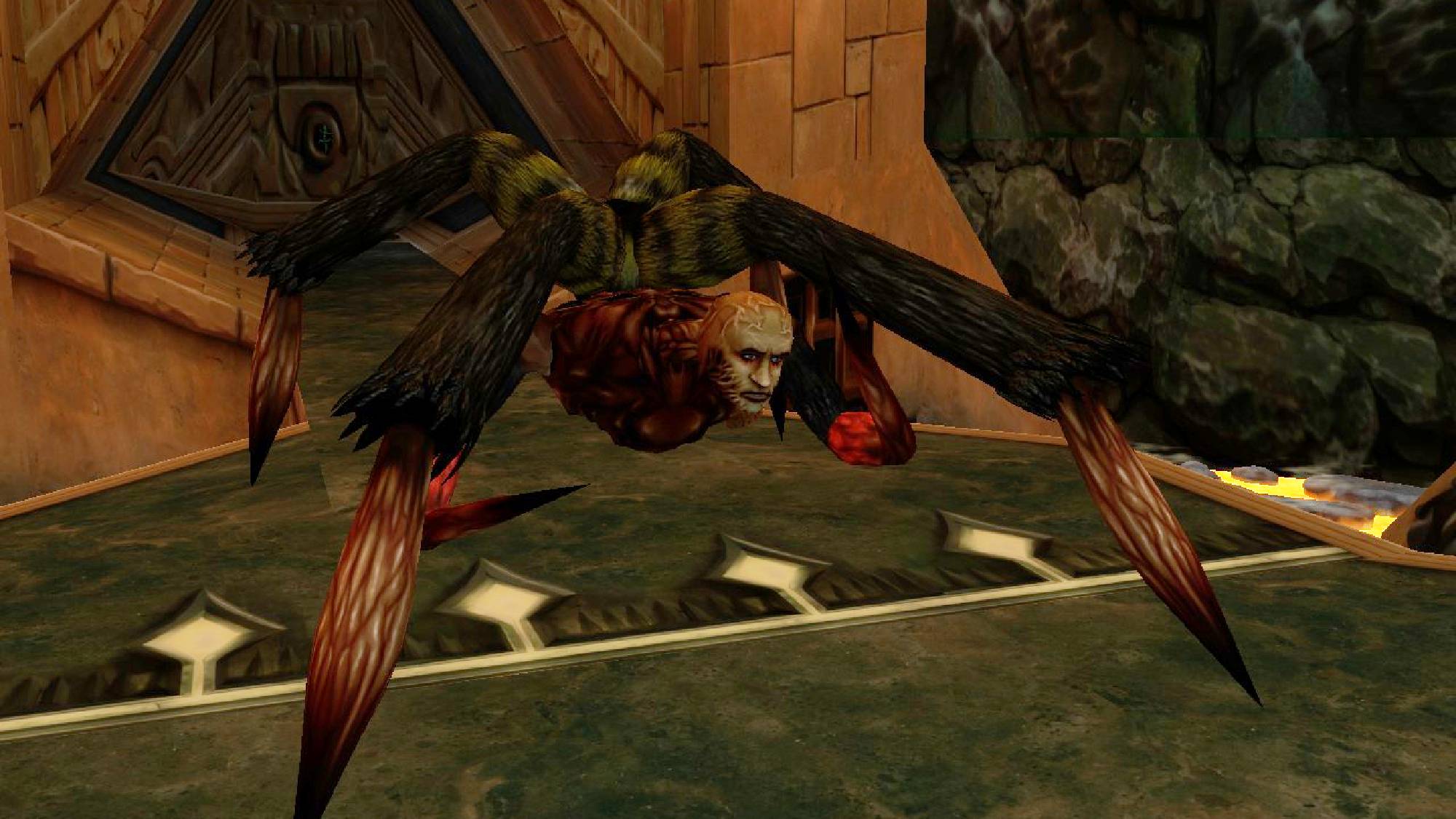
McCree further recalls being asked at the time if there was a missing track he had forgotten to send. “I remember getting a call from Adrian Smith, Operations Manager at CORE Design after I had delivered the music for Tomb Raider 3. He told me that Peter thought I had forgotten to write some boss music for the battle with mutant-spider Dr. Williard,” McCree says.
“I explained that this was intentional, but if they really thought that something was missing then Peter should be able to write something for it. Peter then wrote something as far as I am aware, but the team decided not to implement it. I guess they didn’t like it.
I really don’t know why this was added to the remastered release; it was never in the original game. Personally, I’m not a fan.”
The track does sound great, but it doesn’t fit the theme of Tomb Raider 3 as a whole. The instruments that are used, better fit the theme and atmosphere of the fantastic Tomb Raider IV — a game that Connelly would later compose.
The biggest detriment here, though, is when you kill the mutant spider, the track suddenly stops with no warning, which is very strange after hearing music throughout the game that fades in and out. It feels like a rushed addition, and the track should be given its due — perhaps as an optional toggle for players who want to fight the mutant spider in silence as originally intended.
Overall, the remasters are a fantastic package. I could go on, but I’d be at risk of spoiling some surprises — especially that moment when you finish one of the games. Everything plays as expected, and you can tell that Aspyr, and those involved from the Tomb Raider community, made sure that this trilogy looks and plays at its very best. Hopefully, this leads to more classic Tomb Raider games getting the same love and dedication that the first three games have been given here.
This doesn’t belong in a museum
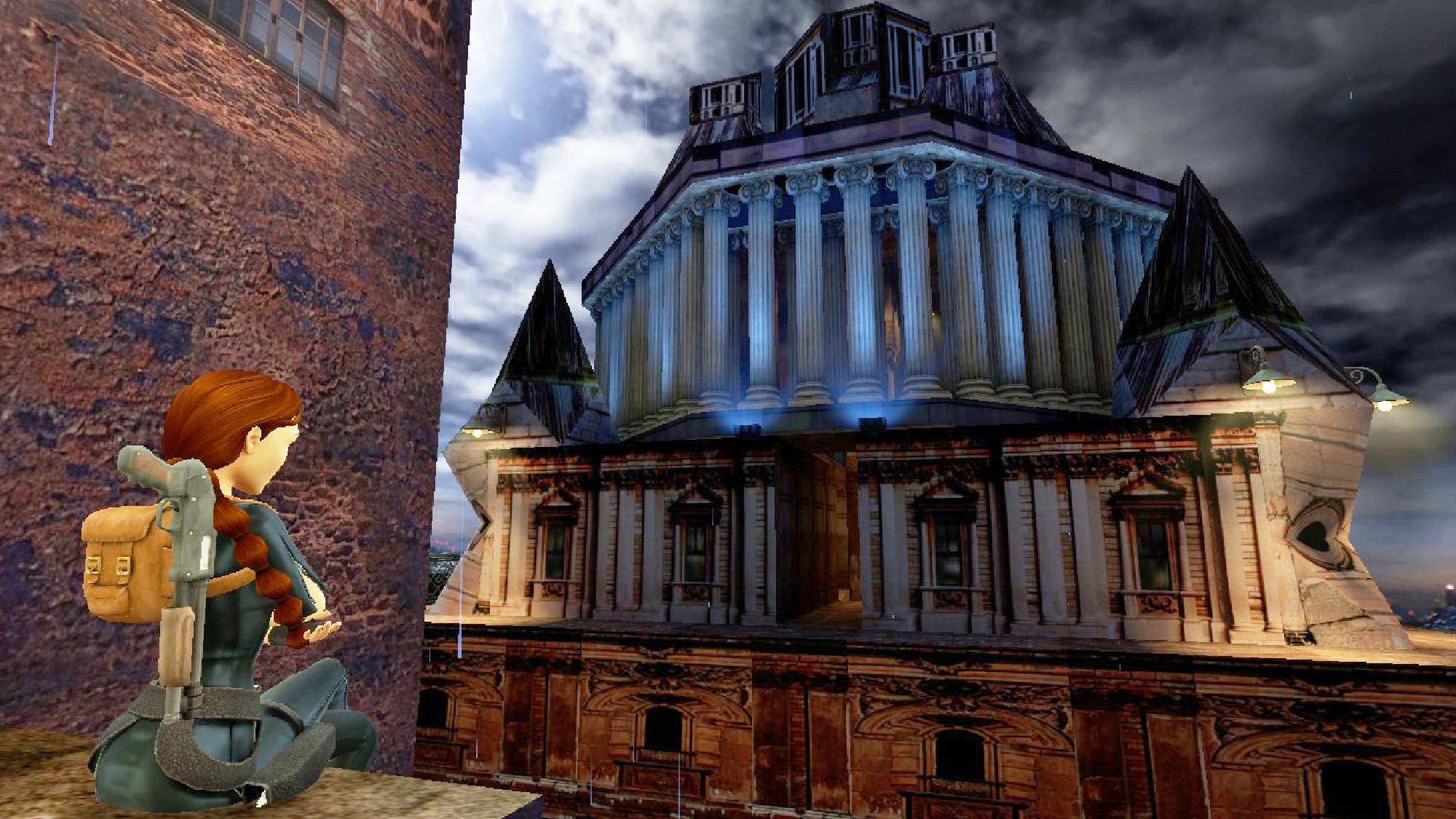
This remastered collection arguably should have launched in 2021 to celebrate the series’ 25th anniversary, instead Crystal Dynamics, the current key holder to the Croft universe, merely announced a ‘unified timeline’ that would encompass the CORE and Crystal games. Although we’re yet to see this come to fruition at the time of writing, which is over three years since the announcement.
As for how the original developers feel about these classic games being refreshed for a new audience, McCree is pleased to know that his music will be heard again in this remastered release in all its glory. “It feels great. It’s wonderful to know people are still listening to, and enjoying the music after all this time. And of course, it’s an excellent showcase for my concert, the Tomb Raider Suite.”
After seeing his levels in the social media videos and posts from the Tomb Raider accounts, Morton is looking forward to replaying the levels he made all those years ago. “It's such an honor and a privilege to know that my levels are still loved after all these years and that the developers of the Remasters thought to include them in the social media posts in the lead-up to its release. I'm really looking forward to playing the remasters and reliving that old TR magic again.”
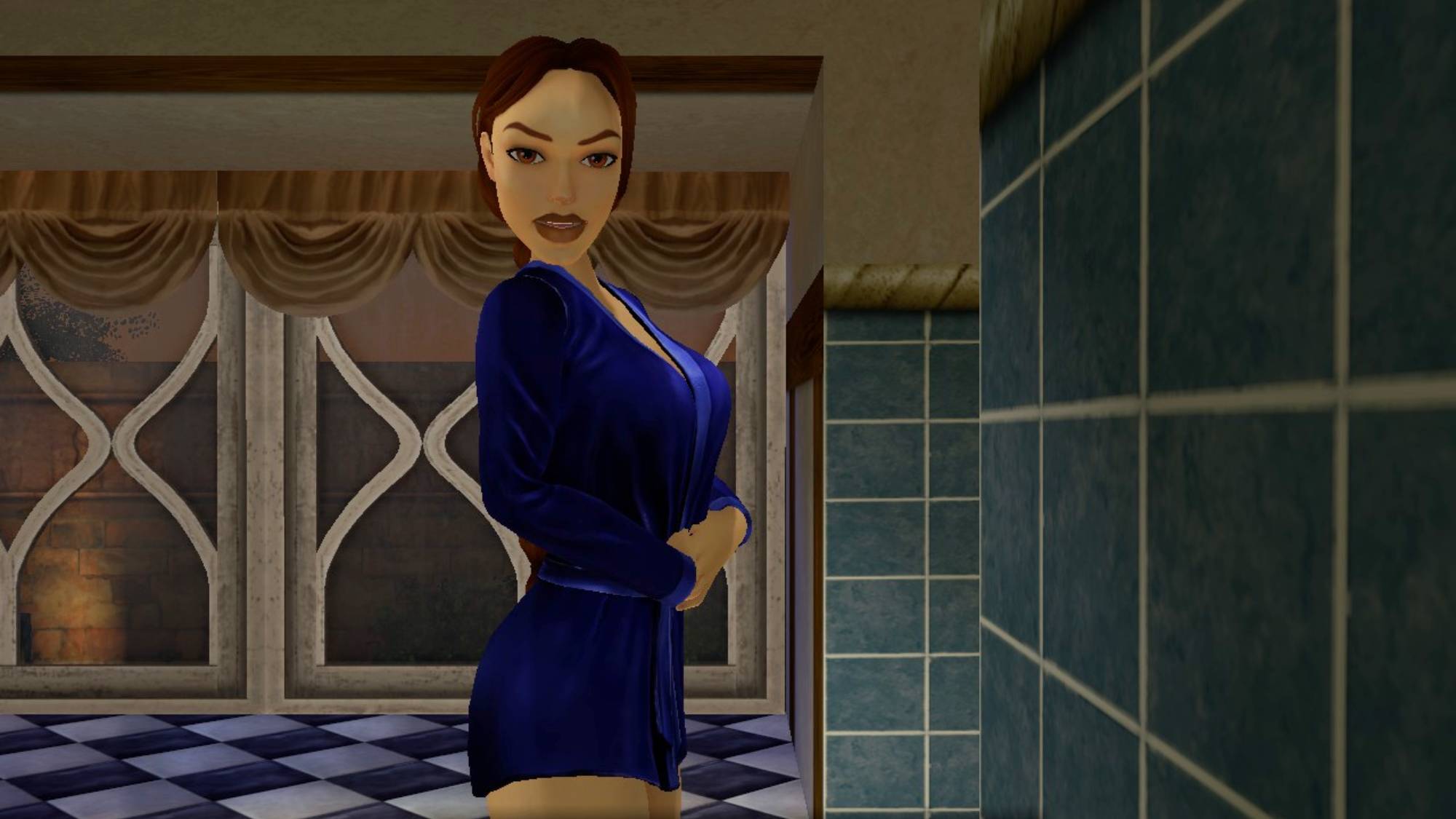
It’s great that these classic games have finally been remastered and released for modern platforms. Making Lara’s original adventures more accessible was long overdue and has always felt like an easy win. Until now playing the original Tomb Raider trilogy on current hardware was more inconvenient than it should have been.
For example, previously, if you bought Tomb Raider 1 on Steam, you would have been given access to the MS-DOS version — and for players in 2024, having to try and configure that on modern PCs, without the use of a guide, was ridiculous. Thanks to Tomb Raider I-III Remastered, that task is finally a thing of the past.
I hope we see further remasters of the Tomb Raider games, especially at the high level of quality that Aspyr has achieved here. Realistically, the sixth game, Angel of Darkness, needs to be remade — a remaster of an unfinished game makes no sense to me. Give it the time it’s always deserved instead — it’s long overdue.
For now, though, I can go back to Venice, hear McCree’s ‘Venice Violins’ play on my Steam Deck, and marvel at just how good these games still are, almost 30 years on.
!["[T]he First and Fifth Amendments Require ICE to Provide Information About the Whereabouts of a Detained Person"](https://images.inkl.com/s3/publisher/cover/212/reason-cover.png?w=600)






